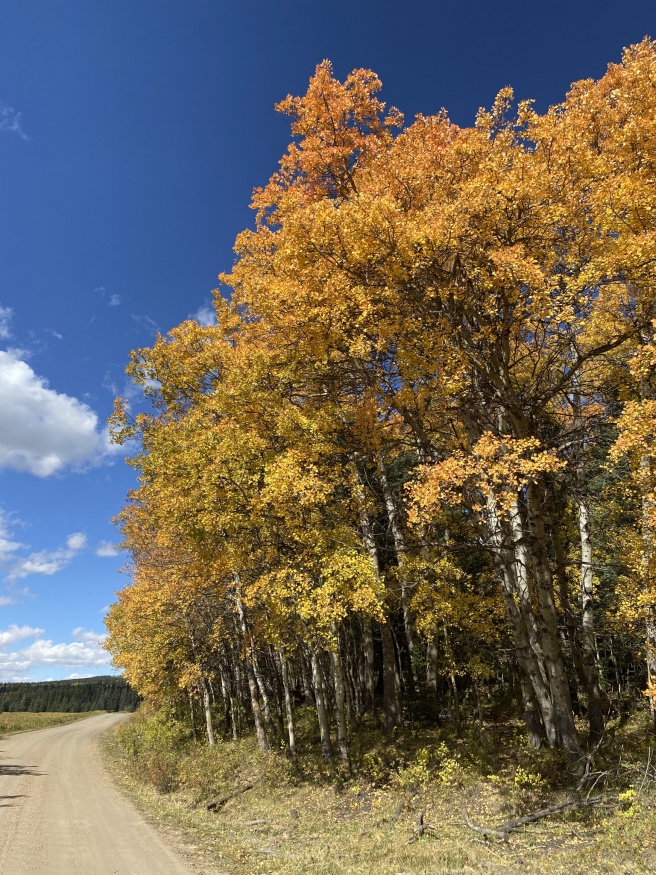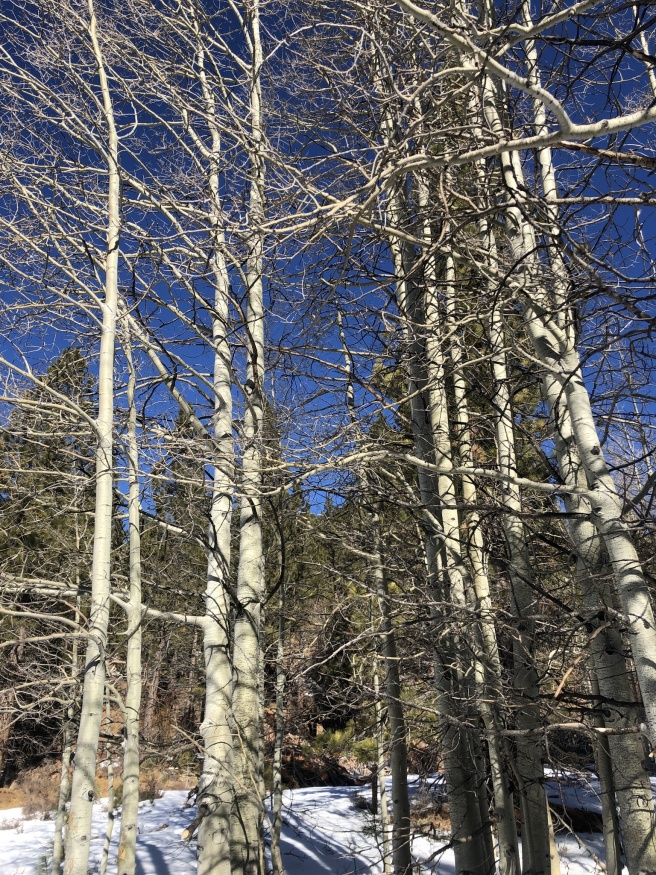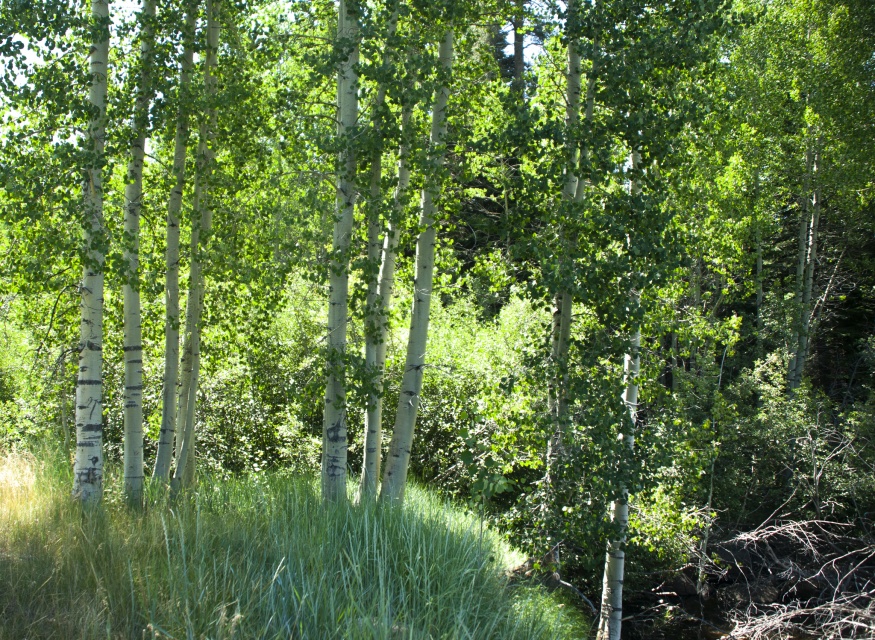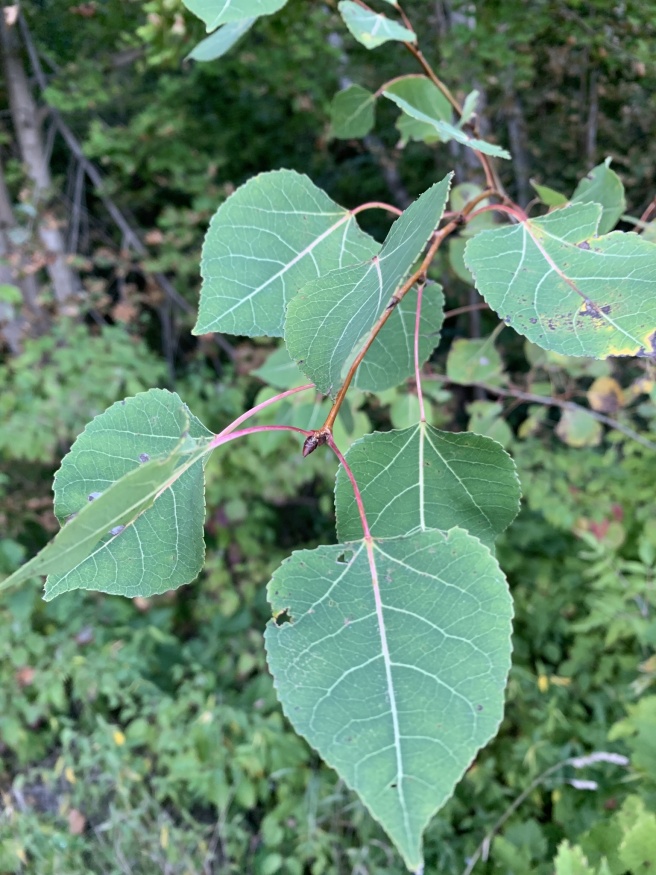About
The trembling aspen is a slender, medium sized tree common to forested areas across Ontario. The smooth, grayish-white bark (sometimes with tones of green or yellow) is a noteworthy attraction against darker wooded areas. The bark becoming rougher with age especially around the trunk base. Leaves can turn an impressive yellow, orange, or red in the fall. Their flattened leaf petioles cause them 'tremble' or 'quake' in the wind, hence its name.
Trembling aspen stands form some of the largest single organism biomass collections in the world. Its widespread, shallow root system can form massive colonies in disturbed areas where suckering occurs. New saplings com up to replace older trees of the colony when they die.
Like other poplars, trembling aspen is fast growing and weak wooded though the timber is useful for various products. It is also an important ecological forest tree as it provides habitat for many kinds of birds as well as large and small mammals.
References
United States Department of Agriculture, (n.d.). How Aspens Grow. Retrieved from https://www.fs.fed.us/wildflowers/beauty/aspen/grow.shtml
Tree Atlas - Ontario, (2019). Trembling aspen. Retrieved from https://www.ontario.ca/page/trembling-aspen
Government of Canada, (2020). Trembling Aspen. Retrieved from https://www.agr.gc.ca/eng/agriculture-and-climate/agricultural-practices/agroforestry/shelterbelt-planning-and-establishment/selecting-trees-and-shrubs-species/trembling-aspen/?id=1346096119728
Shipping
We currently ship seeds to all Canadian provinces and ship plants just within the provinces of British Columbia and Alberta. Seeds ship year-round and usually take a few days (or longer if you are ordering from a distant province). It usually takes 2-5 business days in the mail for plant orders once shipped. Plants are generally available from May to September and can be reserved during off season; Shipping costs are calculated during checkout. Seed orders over $100 ship free! See Shipping for more details.



